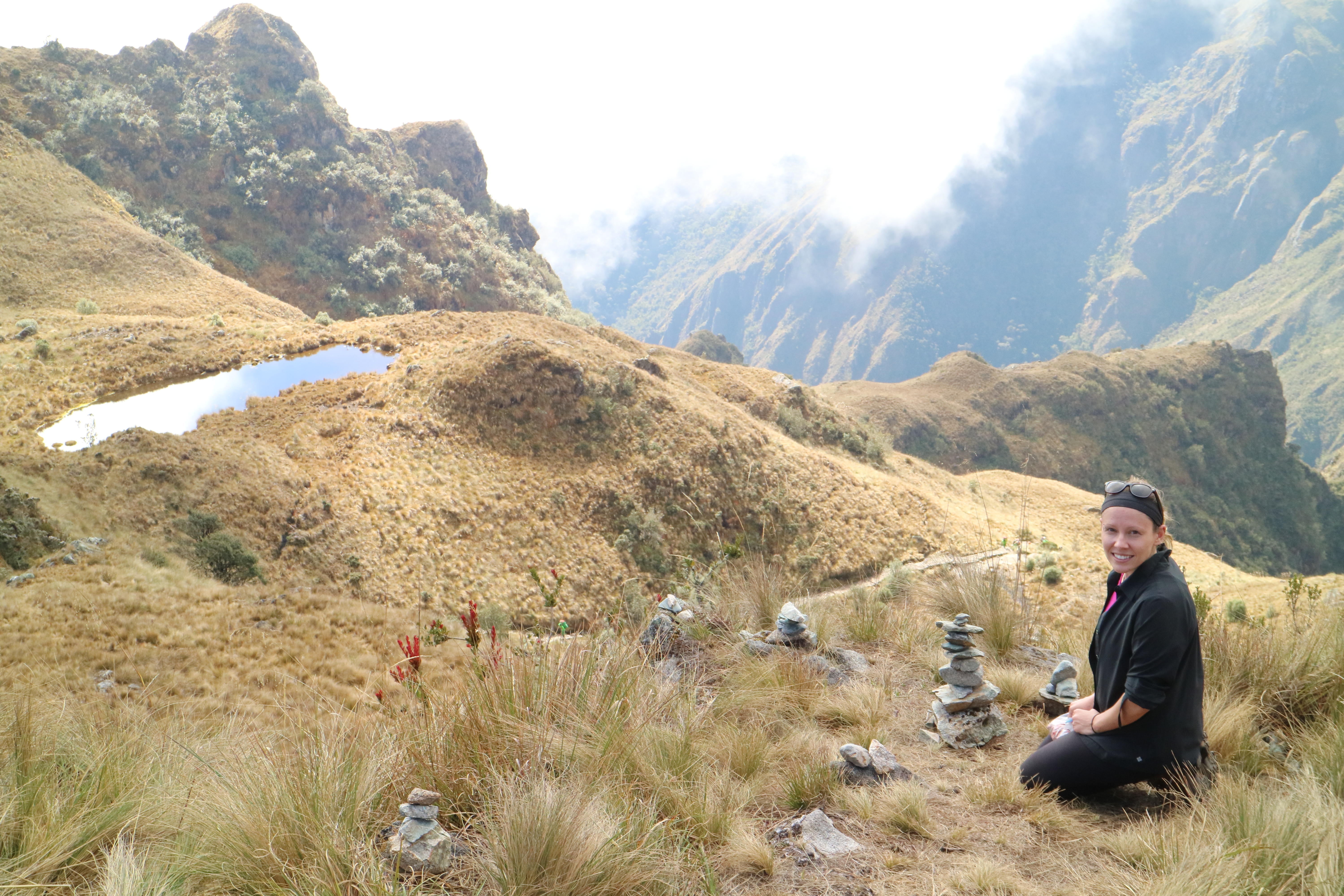
The standard Inca Trail trek is a four day, three night ordeal. It was the experience of a lifetime with breathtaking views, amazing people, and in my opinion, the most authentic way to visit Machu Picchu and the Incan ruins. All niceties aside, I’ll be honest in saying that it was also probably one of the most difficult things I’ve ever done in my life.
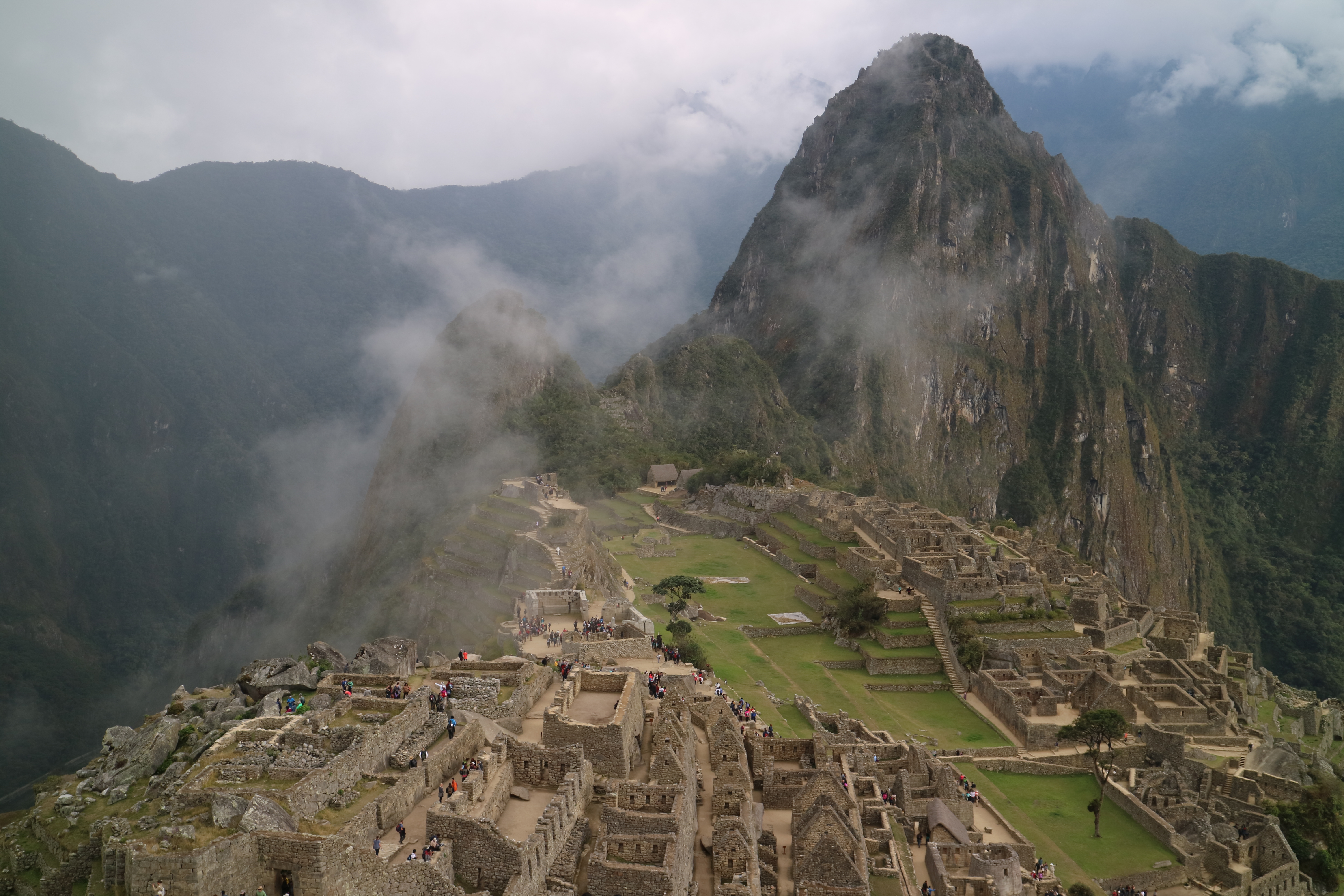
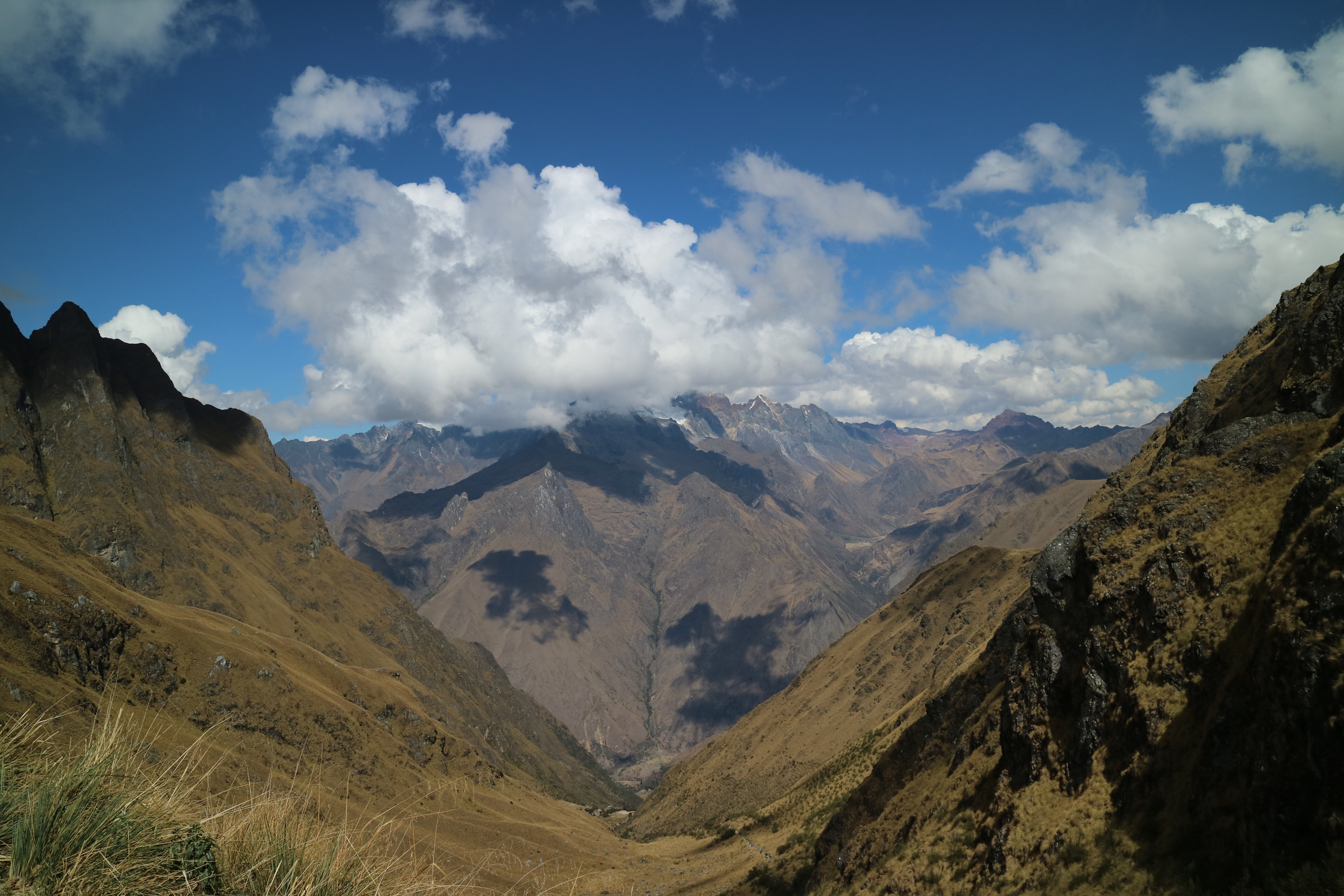
Looking back on it now as I sit in my comfortable chair overlooking a suburban neighborhood and burning an incense stick while typing on my laptop, it seems somewhat silly to suggest that a “walk” could be one of the most difficult things I’ve done in my life. However, this was no afternoon stroll in the neighborhood. Hiking the Inca Trail can be a four day long challenge and a serious inner struggle, willing oneself to put one foot in front of the other for the entire length of it. With over 3,000 steps, some very steep drops, and drastic daily changes in altitude, the Inca Trail is not a hike for the first timer.
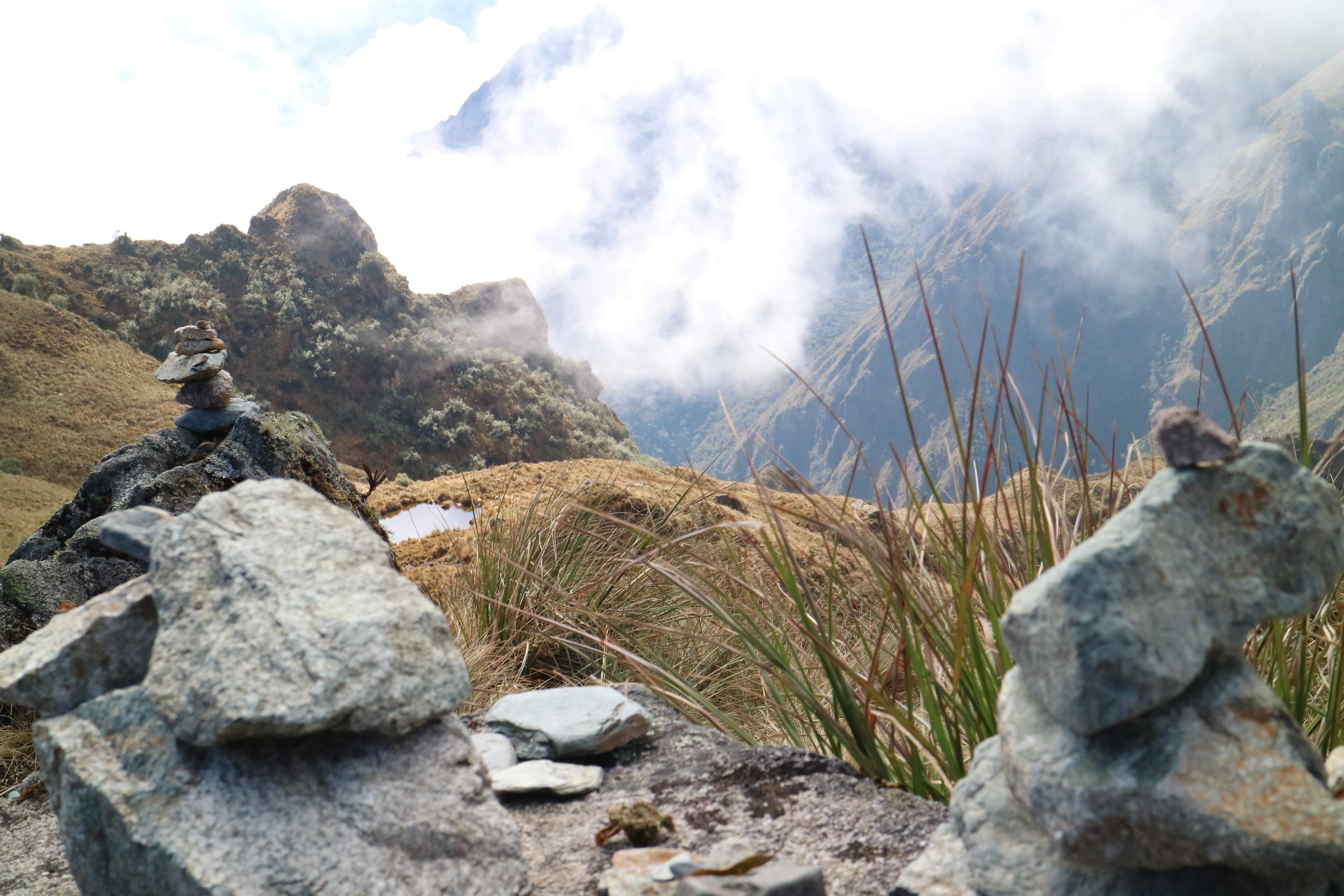
I go on regular backpacking trips at home. I’ve done three weekend backpacking trips in the past, each of at least 25 miles long. I wouldn’t call my overnight hiking experience that of an expert outdoorswoman or die-hard enthusiast, but I’ve always seen myself as pretty fit and have always stood out among my peers as more on the athletic side.
On the Inca Trail, I frequently brought up the rear of my 16 person group and could easily have been placed as one of the slowest in the bunch. I was not expecting this when I embarked on my first ever “solo” trek, but I finished nonetheless and no one in my group really struggled to the point of pushing nightfall on any of the four days.
Although I’m extremely grateful for the challenge I overcame that was the Inca Trail, I am gracious enough to share with you the things that, had I known, could have made my experience just a tad more comfortable to say the least…
- No matter how bad ass you think you are, hire a porter.
I actually learned that the more desired word for porter is “chasqui” (pronounced CHOSS-KEE), which gives the strong (and truly amazing) helpers along the trail a higher sense of pride and is a more honorable term for them. Read my linked Wikipedia page—these people are seriously superhuman.
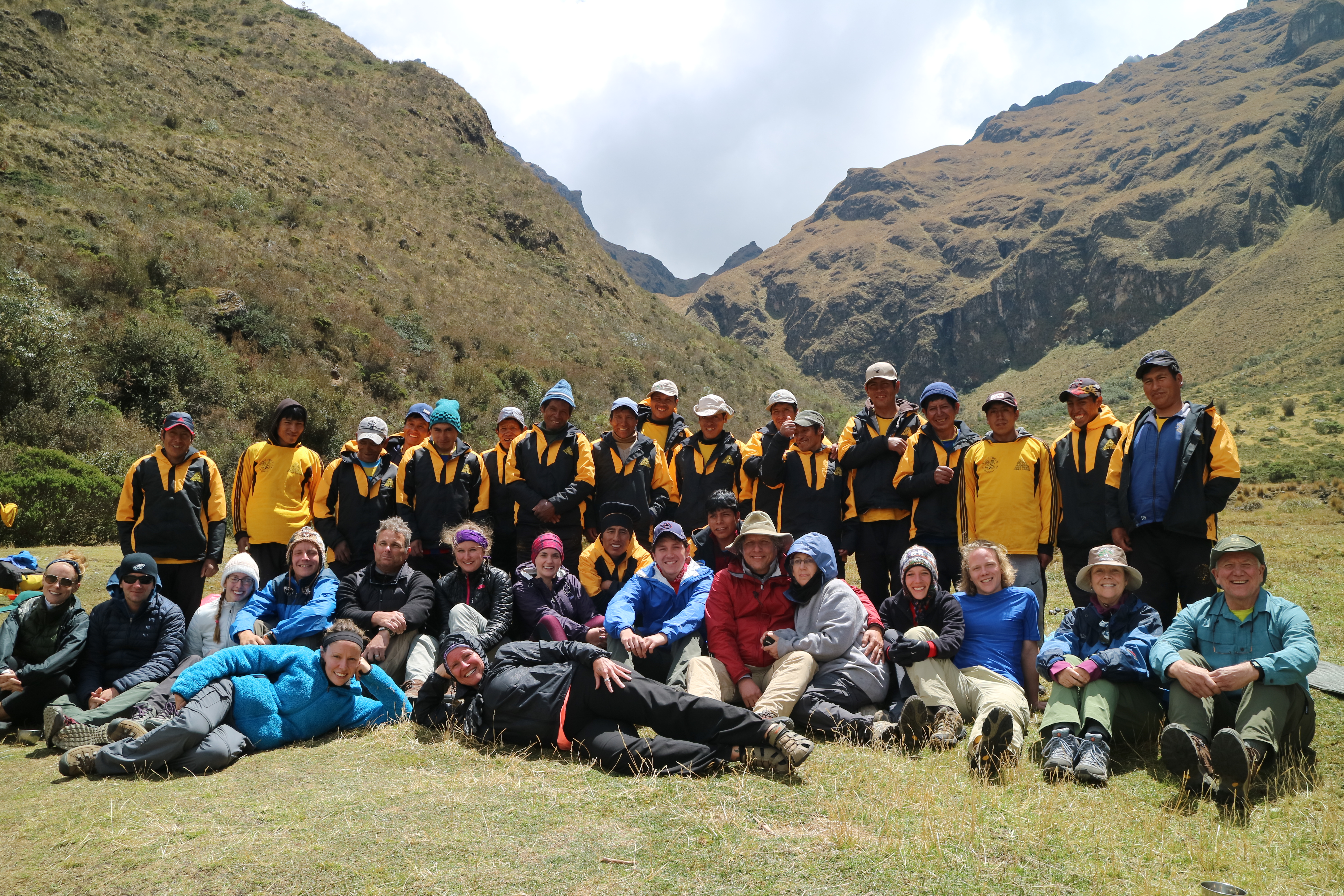
I set out on the first day of the trek with my normal full-sized hiking backpack, probably about 20 lbs including my clothes and essentials. Most trekking companies will rent sleeping bags and pads to you on arrival, which I decided to take advantage of seeing as I’d be spending other time in Peru not trekking and didn’t want to lug a sleeping bag around for the rest of it.
Not only were my rented bag and pad heavier and much larger than what I’m used to, but let me repeat something again for emphasis—3,000+ steps. Imagine heat, in conjunction with an eight hour upward climb, low oxygen levels in the air (which makes a set of five stairs seem like Everest), and a 25-30 lb pack on your back?! NO THANK YOU!
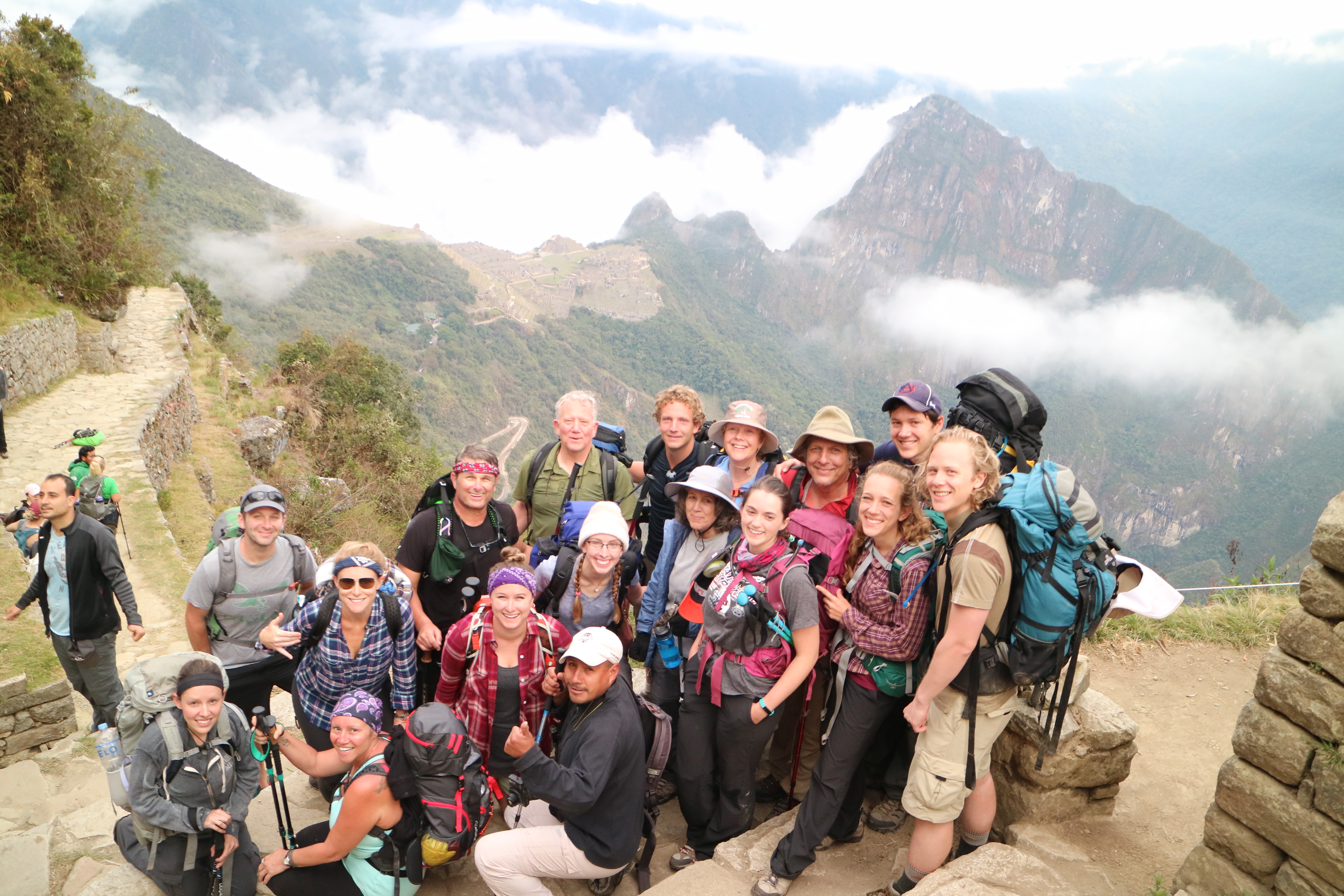
Needless to say, I paid a little more than I would have had I had more forethought, for an “unofficial” chasqui. He was well worth the cost. To be frank, I would have paid much more than I did. After the first day (easy day, my ass), I didn’t care if they kept my stuff, I just didn’t want it on my back anymore. Unofficial chasquis can’t really be relied upon, so I’d recommend hiring one upfront, but had an unofficial one not been available to me, my things would have become a sacrifice to the mountain nonetheless.
Regulations on the Inca Trail have become stricter as of late, so you usually need to hire the porter at the same time you apply for the trek permit/reserve your spot in a group. My trek was in September and I had reserved my spot in December. In April, it was too late for me to change my mind about hiring a chasqui. I could devote a whole different post entirely to all that the chasquis do so I’ll end here for now.
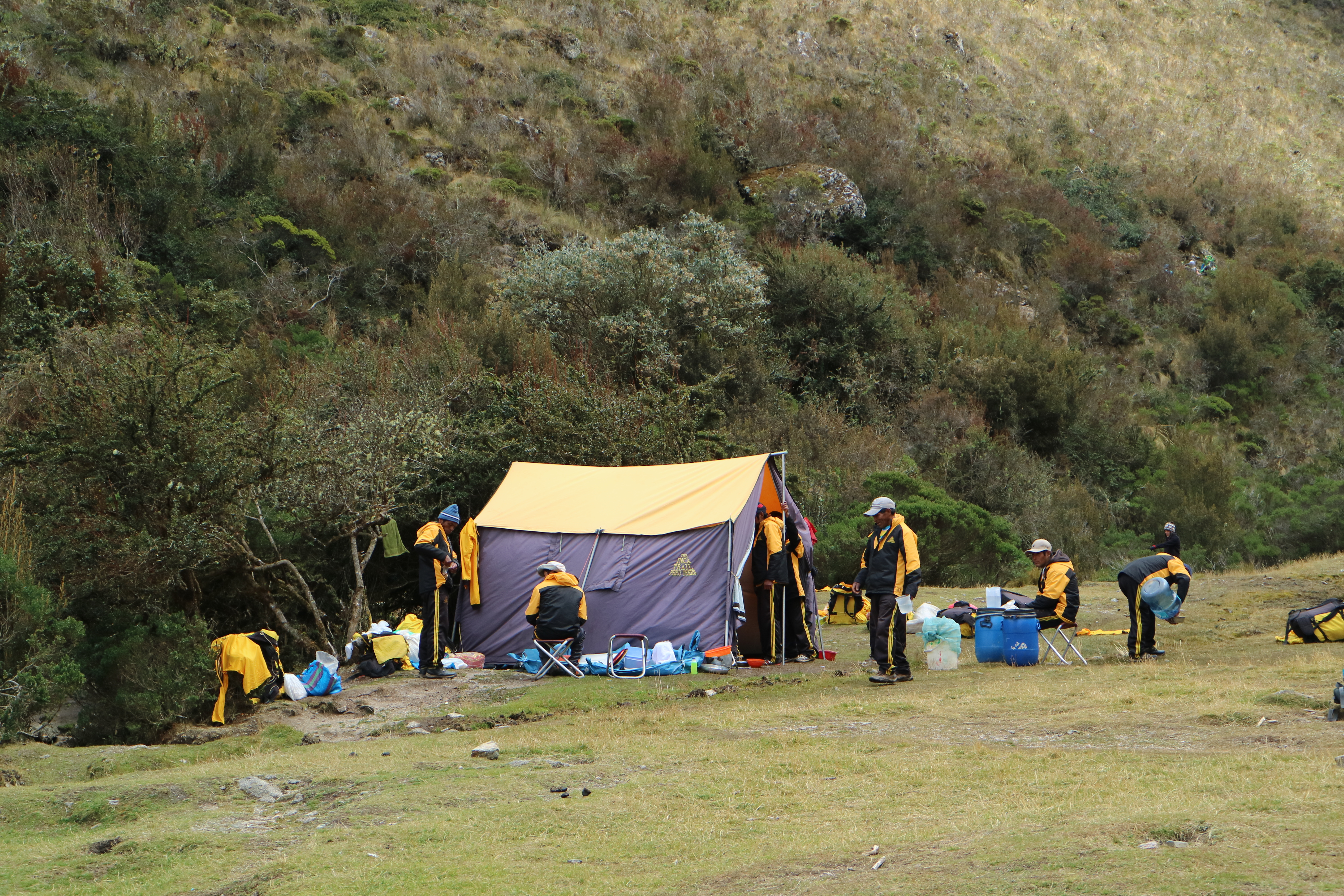
- You really only want one pair of clothes and a set of layers.
Let’s be honest—regardless of whether or not you change your clothes, you’re going to stink. We’re talking a straight ten hours of uphill trekking in 75 or so degree weather. There will be sweat and that’s inevitable. The extent of your “showers” on the Inca Trail will consist of baby wipe “sponge baths” and icy cold basin splashes in the makeshift bathrooms at select campsites. You might as well save yourself some weight by simply leaving your other three days’ worth of outfits at home. Trust me when I say you will be grateful you did.
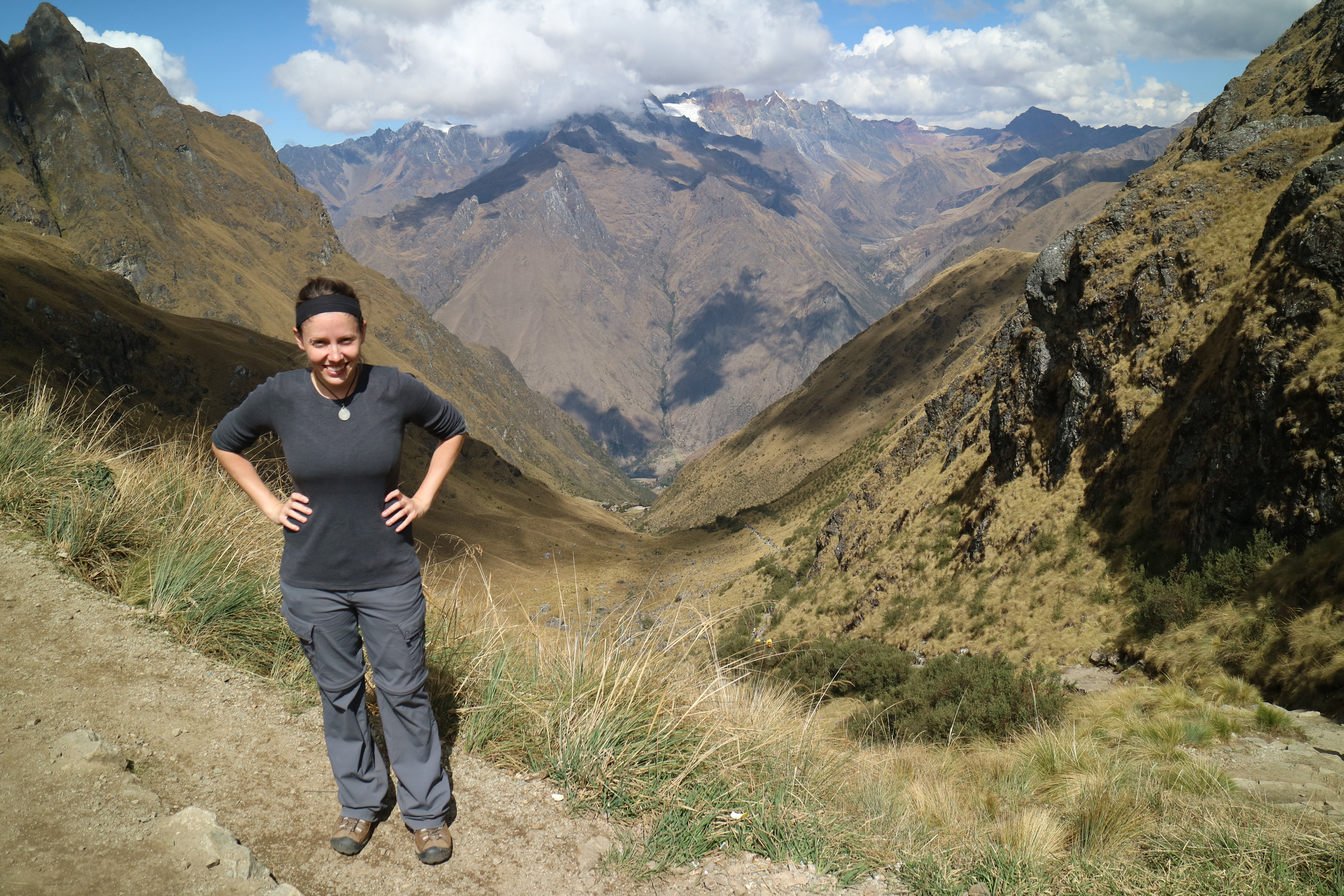
You’ll want one pair of leggings or long johns for sleeping at night, one pair of zip-off convertible hiking pants, one tee shirt or short sleeved shirt, one zip-up sweatshirt, and a rain jacket as far as clothes go. Anything else is simply frivolous when every gram of weight counts. As long as you have daily changes of underwear, you’re golden. No one will care or notice if you wear the same clothes the whole time—trust me, everyone’s too tired to care or doing the same thing themselves.
- Don’t bring flip flops for camp.
On a lot of other backpacking trips, it’s nice to change out of your hiking boots after a long day and let your feet breath. On the Inca Trail, though, it’s too cold in the evenings to do so. The flip flops will be a waste of space and weight. By the time you arrive at camp each night, at that high of altitude, you’ll want to keep your socks and boots on because of the frigid mountain air.
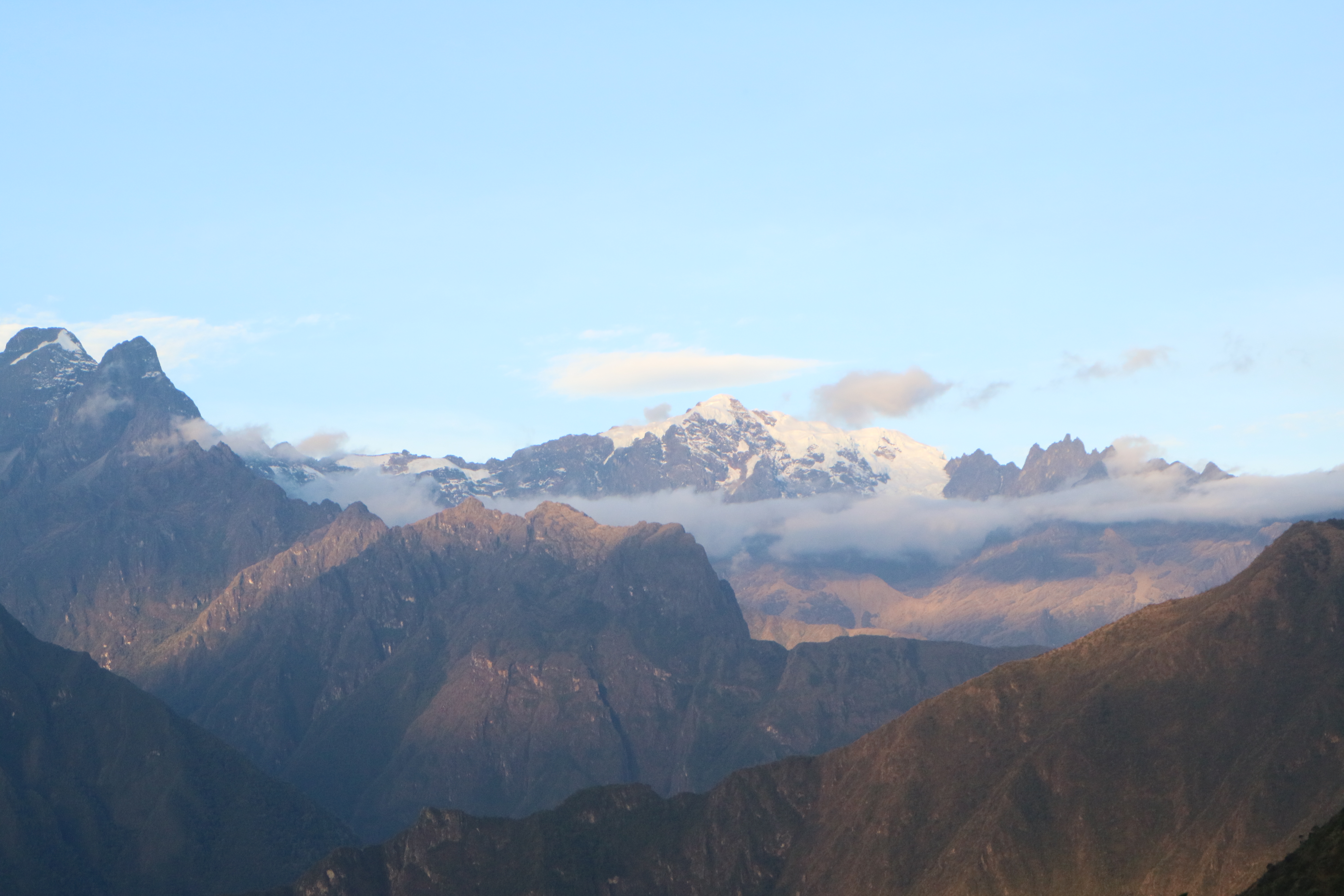
Everyone “stays up” (I’m talking 6pm or so—it’s a struggle to stay awake) for dinner and then, because of pure exhaustion, most in the group will pretty much immediately retreat to the warmth of their tents and go to sleep around 7:30 or 8pm. There is no social hour around the fire or drinks and laughs in the evenings in which you would be lounging around in flip flops. No one wants to risk a hangover with 12 miles of strenuous hiking looming the next day. Feel free to leave your flip flops at home.

- Bring small change in local currency on the trail.
My trekking company (Peru Treks) actually prepared me pretty well for this, but it might be useful information to share nonetheless.
All along the trail there are stands or locals selling various sizes of water bottles. I did use my SteriPen for water from one stream along the trip, but the majority of the time it’s just easier to buy water. In the first couple of places groups stop to rest, you may even have to pay one Peruvian Sol to use the bathroom. In addition to that, on the last day of the trek, gratuities are divvied up for guides, cooks, and chasquis, so you’ll want change for that as well (and in my case for paying for a chasqui, whereas others simply paid it with their trek balance prior to departing).
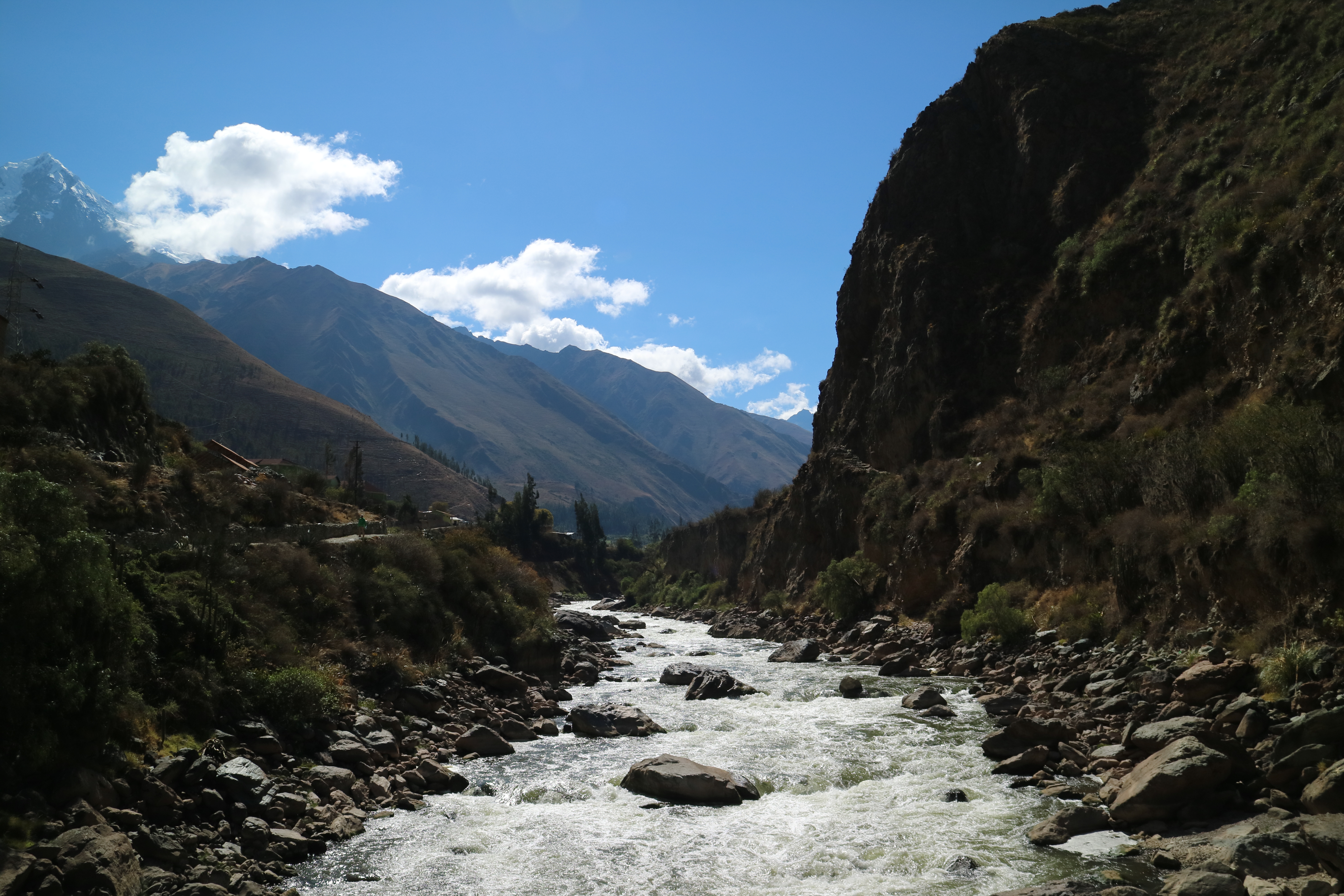
_________________________________________________________________
In a way, not knowing all four of these “things I wish I would have known before hiking the Inca Trail” made my experience that much richer and more unique. Maybe I’m just a glutton for punishment, but it’s usually the challenge of an experience that makes the completion of it that much more gratifying.
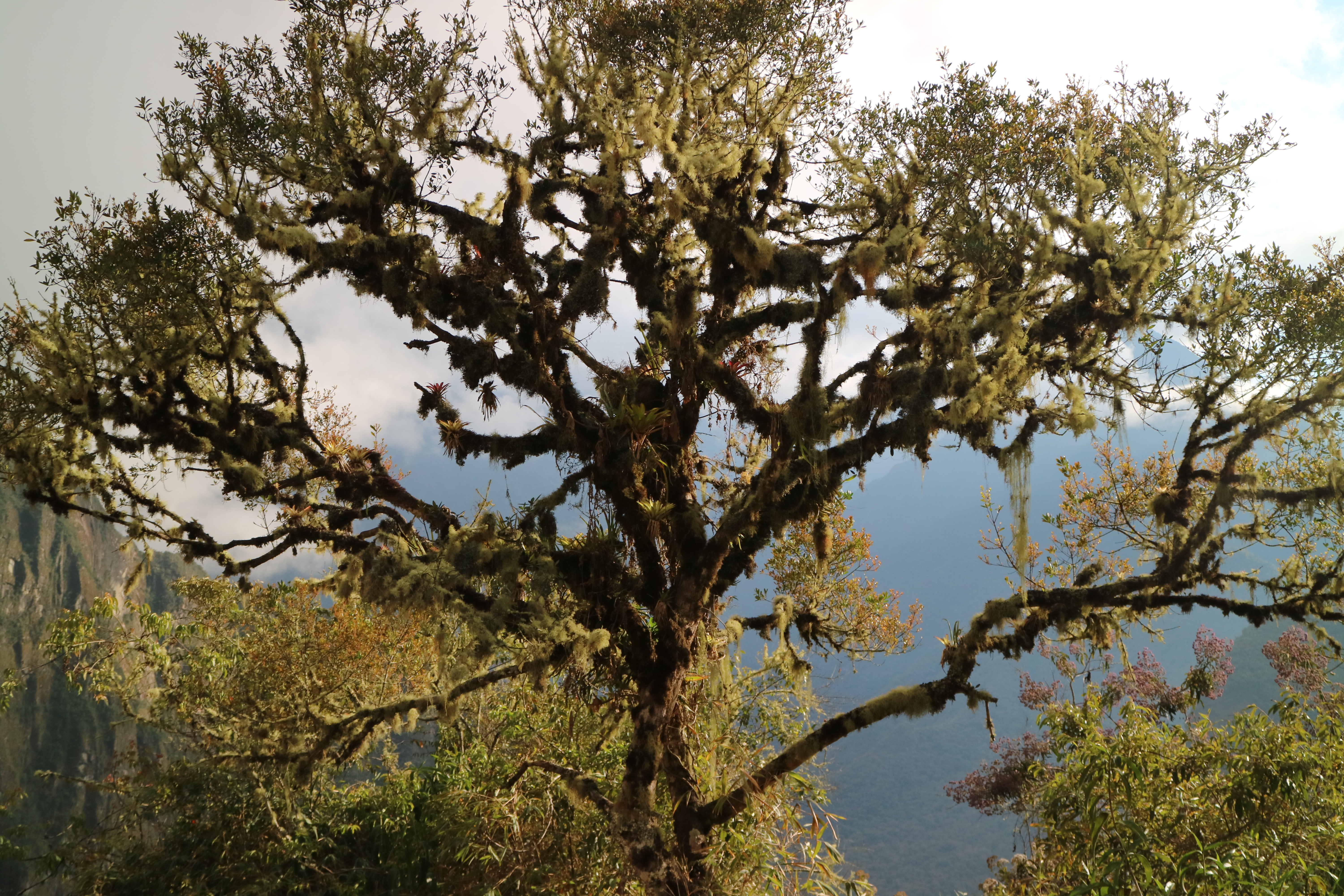
Going solo on the Inca Trail was most definitely a challenge for me. I’ve always been a little iffy about sleeping alone—let alone sleeping alone in the middle of the wilderness. Many trekking companies will pair you with another solo traveler of the same sex to share a tent with, but the fact is that not many females hike the Inca Trail alone, so I got my own tent at no additional charge. For others in my position, this may have been a blessing, but for me it was somewhat daunting. In the end though, I was too exhausted to lay awake in fear and slept like a rock regardless. Not only that, but I felt accomplished at the end of it—I felt like I had proven something to myself and that I was a real badass—sleeping alone in a tent in the Andes and hiking the Inca Trail and overcoming all of its bitterness.
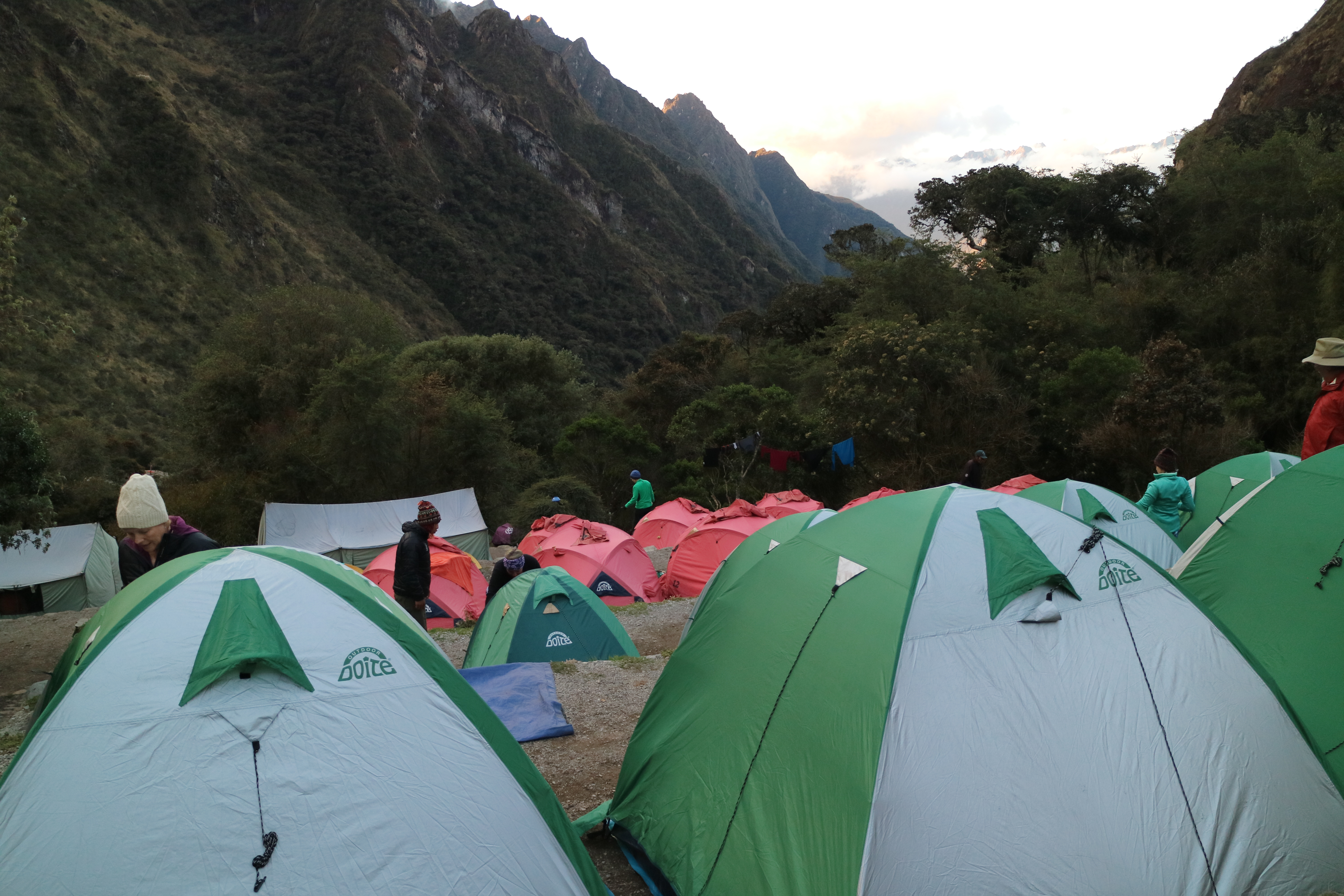
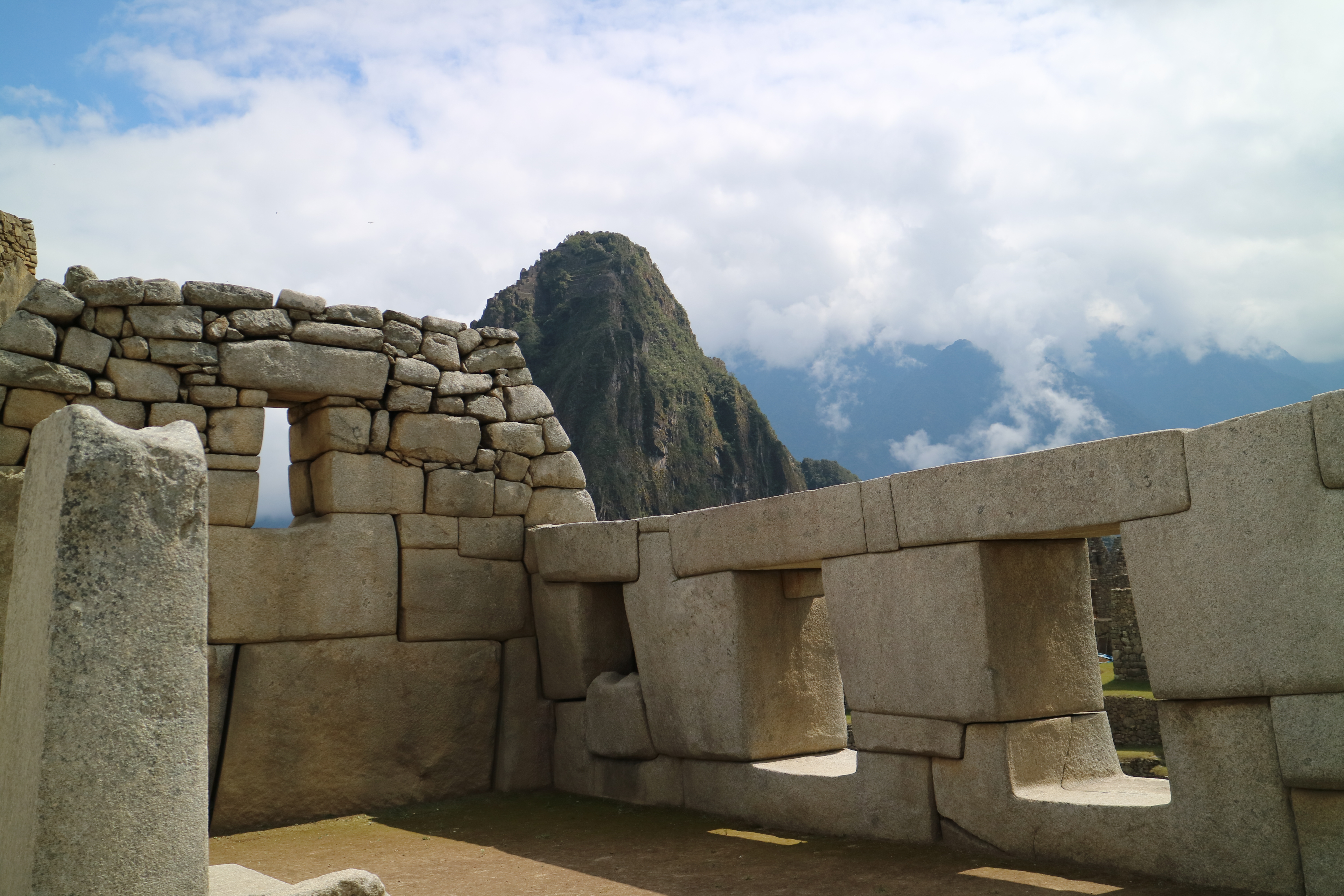
I made some friends I’ll never forget and saw some sights that will never be surpassed in my memory. I wish I would have known the above four tips prior to my trek, but at the same time I’m glad I didn’t. Overcoming them was half the fun!
Until Next Time,
CAITLYN WITHOUT A COMPASS
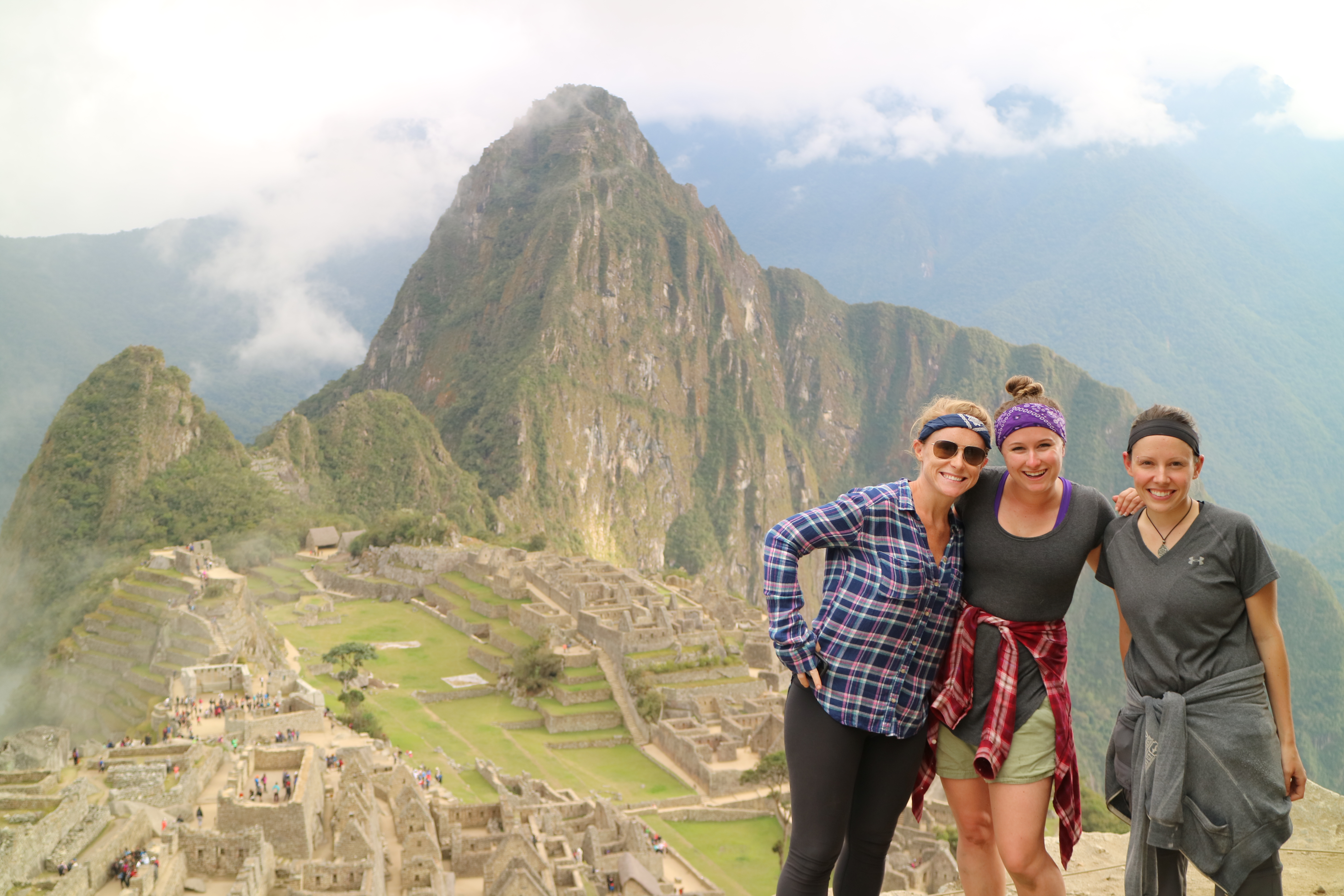
Check out this video to see just how amazing the chasquis really are!



wonderful views! i really love activity like this too! 🙂
Hi Caitlyn, Just read this. Great advice that I will forward to a young woman I met on a G Adventure two years ago and who is starting the 4-day trek on Wednesday. We just got home yesterday so I have not had a chance to organize my photos yet, but will add to your drop box as soon as I can. Jean and I succeeded in completing the one-day trek of 12 km or so. It was tough, but neither of us ever felt we were in over our heads. It felt fabulous when we walk through the sun gate. Would have loved to have done the 4-day trek–30 years ago! Looking forward to you Amazon Riverboat article.
Teri
Thanks Teri! Wow you just got home, that’s awesome! I hope you both had a great rest of your trip! I’m so glad hearing about others starting the Inca Trail so I hope the girl you met loves it as much as I did!